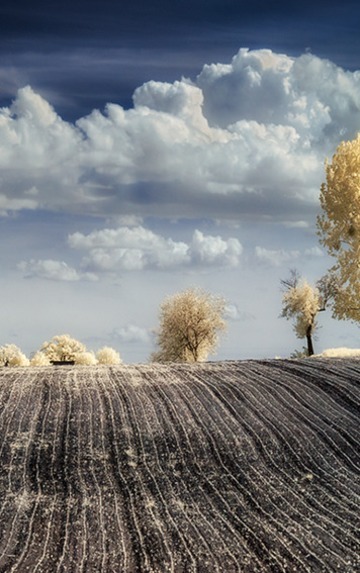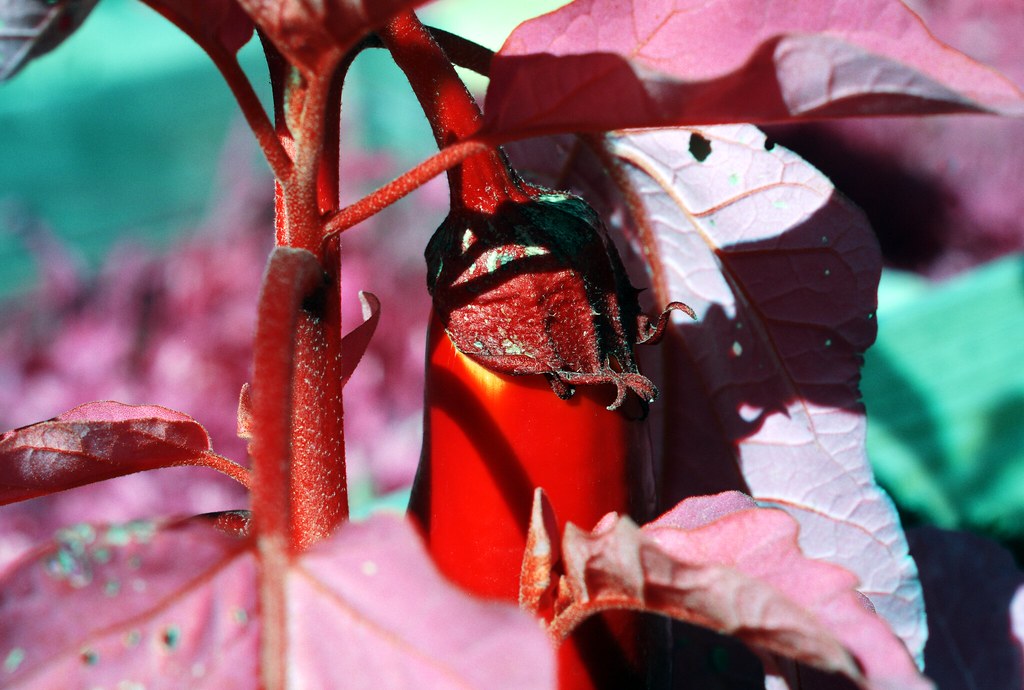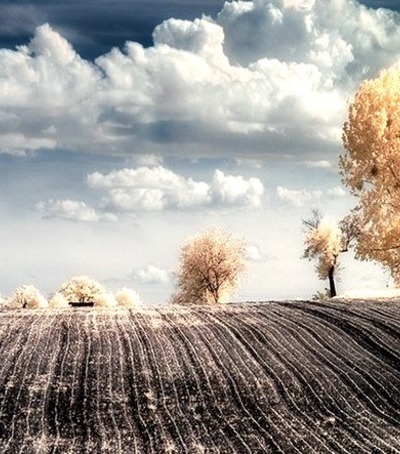#IR Photography
Text
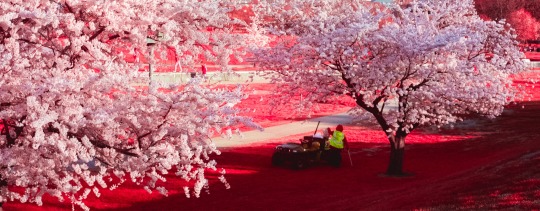


First try with the new IR Chrome filter
#it went okay#learned many things but these were absolutely not taken at ideal times#ir photography#dc#my work#photography#ir chrome
16 notes
·
View notes
Text


The Adirondacks in 590nm
#averys photography tag#ir photography#infrared#infrared photography#landscape photography#adirondacks
102 notes
·
View notes
Text
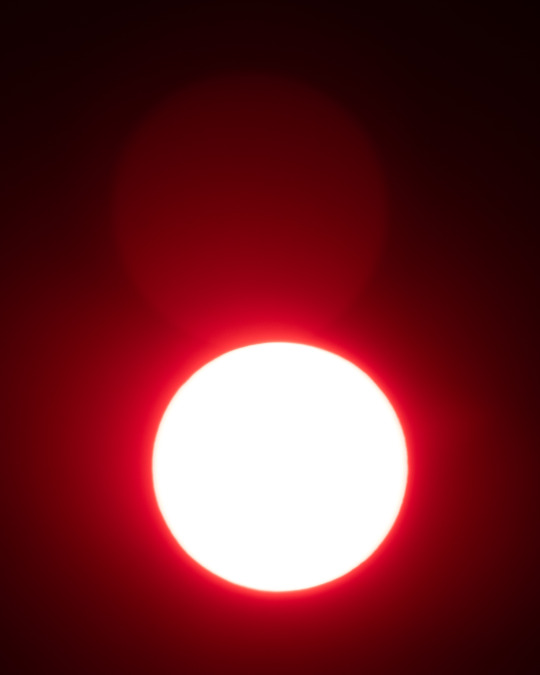

did some more test photos for the upcoming eclipse and got this one
left is raw and the right is semi colour corrected for the filter (can't really colour correct in just Lightroom though) not sure if I will even bother with colour correcting them but I love the purple
#photography#sun#eclipse 2024#2024 eclipse#eclipse#eclipse prep#prep photo#solar#stellar#ir photography#ir
3 notes
·
View notes
Text

#IR photography#landscape photographer#landscape photography#uncropped nature#mostly nature#original photography#original photographer#Amature photographer#amature photography
16 notes
·
View notes
Text
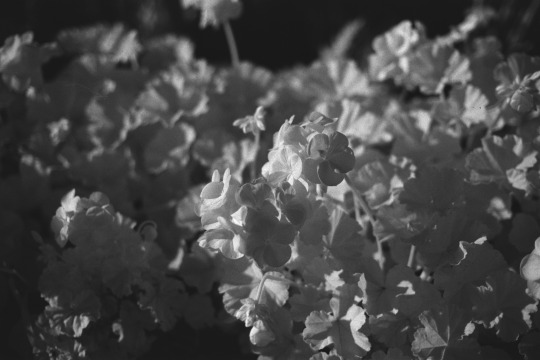
Olympus OM2 Spot Program with Olympus Zuiko 50mm f1.4 lens and unknown strength infrared filter, shot on Rollei Infrared 400 and developed with Rodinal
#photography#film photography#ishootfilm#vintage cameras#analog photography#filmisnotdead#b&w photography#nature photography#flowers#flower photography#infrared#ir photography#rolleifilm#olympus camera#olympusphotography#olympus om2sp#om2sp#35mm camera#35mm film#35mm format
2 notes
·
View notes
Text
AHA IT WORKS
eggplant. it was very dark to my eye, but they seem to reflect a lot of IR.
#eggplant#ir photography#infrared#infrared photography#color infrared#false color#composite image#garden#plants#irg#composite photo#aerochrome#aerochrome ish
10 notes
·
View notes
Photo

Wazzat?—Seattle, WA 2015
#dogs#dog portrait#dachshunds#doxies#art photo#ir photography#infrared#original#art photography#fine art photography#summer#cute#family
12 notes
·
View notes
Note
I really love all your infrared photography and it honestly makes me want to do some myself, but I don't know the first thing about photography hardware -- what sort of specialist hardware (or software?) do you use for it?
So glad you like my photography! Thank you!
I’d recommend checking out Rob Shea’s Introduction to Infrared Photography. I learned a ton from him & he has a ton of videos on IR photography.
Infrared photography does require some special equipment. I’m gonna talk about digital cameras here, but you can also shoot infrared on film.
First things first you’ll need a camera. I’d recommend a mirrorless camera as DSLRs tend to be trickier to do IR with but any camera will do as long as it shoots RAW. It’s possible to shoot jpeg infrared stuff, but I wouldn’t recommend it. You’ll need to do a decent amount of editing (more on this later) so RAW is the way to go.
Digital cameras have an IR cut filter over the sensor that blocks out almost all IR light. So, you need to adjust what the camera can see before you can shoot IR like you’ve seen here. There’s two ways to do that.
1. Get a filter. The most common one around is the Hoya R72 filter. It goes on the front of your camera’s lens and blocks out most visible light, leaving infrared light.
Since you’re blocking out most light and the camera’s IR cut filter is blocking most IR light, you’re gonna need to use a really long shutter speed when using this filter. You’ll need a tripod to do this properly and the subjects you can shoot will be limited due to the long shutter speeds.
I really do mean long shutter speeds btw. If you were gonna take a shot at 1/250th shutter speed without the Hoya R72 filter, you’ll need to use a 1 second shutter speed with it on. You ain’t hand holding that 😅
This filter route is definitely the cheapest option though. Easily under $100 and you can go shoot IR with any camera. It’s not how I shoot IR tho, I use:
2. Get your camera converted to infrared. There are companies that will take your camera, tear it down, and remove the IR cut filter from your camera’s sensor. This is a permanent modification of your camera and involves some risk. It’s also kinda pricey. Depending on your camera, it’s between $300 and $500 to convert a camera. Two companies do this in the US, Kolari Vision and Life Pixel. I’ve used cameras converted by both companies and they’ve been awesome.
A converted camera has one huge advantage: it sees way more infrared light. That means you can use faster shutter speeds and you don’t need a tripod. It’s a lot more fun and opens up all kinds of possibilities.
There’s a lot more to infrared hardware but I’ll leave it there. Happy to talk about lenses and the different types of conversions if you’re interested. For now, let’s talk about editing.
I use Lightroom for most of my editing, but like all editors, it’s designed for editing photos taken in visible light. That means the adjustments you can make to the white balance you can set in Lightroom isn’t enough to properly display an IR photo.
So, you need special profiles just for IR to adjust the white balance beyond what it can usually be set to. Rob Shea has them available for just about every camera. After that, you can edit as normal. But with wacky colors.
You can use a similar trick with special profiles to swap colors around. That technique is called False Color and I use it all the time!
Soooo yeah, is there special equipment? Yes. Special software? Kinda. A lot to learn? Absolutely.
I hope this was helpful!
15 notes
·
View notes
Text
Enjoy some amazing 590nm infrared photographs from the bonsai collection at the National Arboretum in Washington DC that I took this weekend ✨🌳
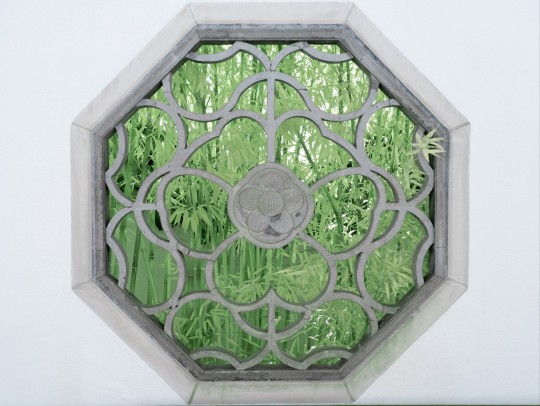

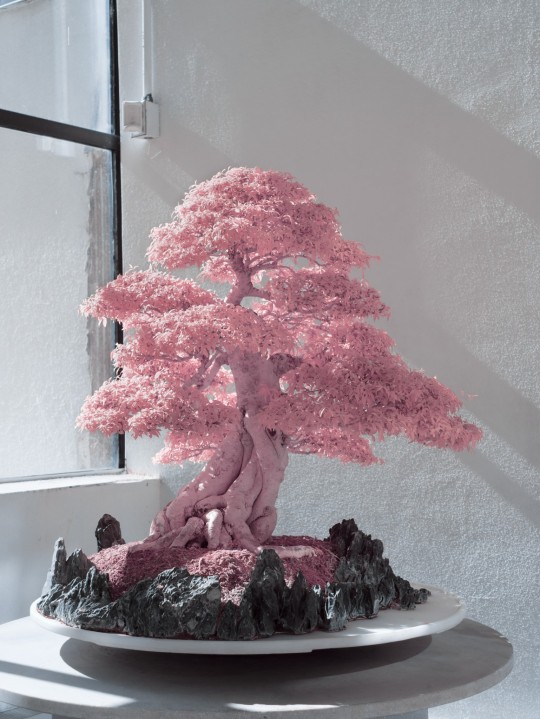

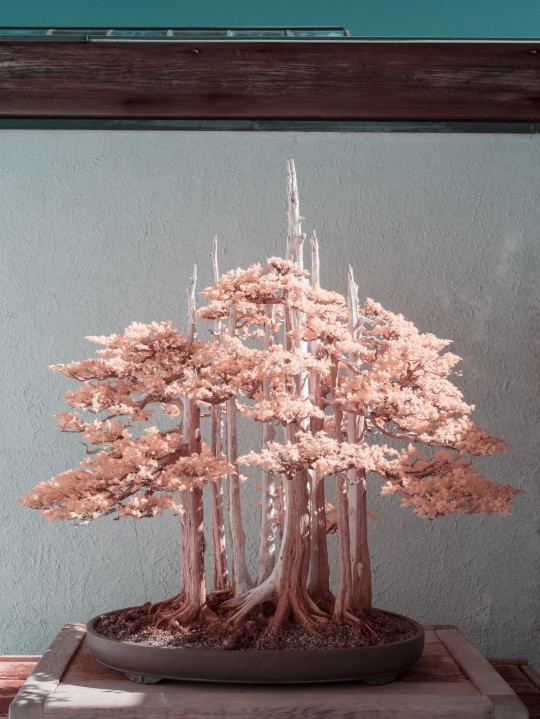
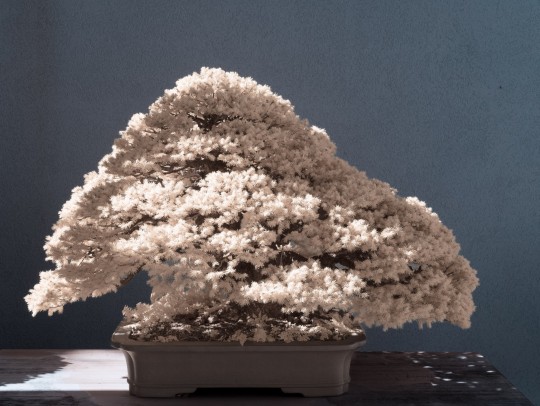

Taken with an IR converted Panasonic GX85, Lumix G 25mm f1.7 asph lens, 10/29/2022
#averys photography tag#ir photography#infrared photography#infrared#washington dc#bonsai#arboretum#kolarivision#590nm
135 notes
·
View notes
Text
A great combination of sun light and clouds captured in infrared to create this "deep" contrast in camera.

#bwphotography#desert landscape#landscape#bw infrared#sunlight#cloudscape#ir photography#720nminfrared#720nm#high contrast#black and white#desert#desert hikes#utah
1 note
·
View note
Text

Road trip.
#infrared photography#ir photography#photography#trees#sky#purple#magenta#motion blur#digital photography#photograph#artsy fartsy
0 notes
